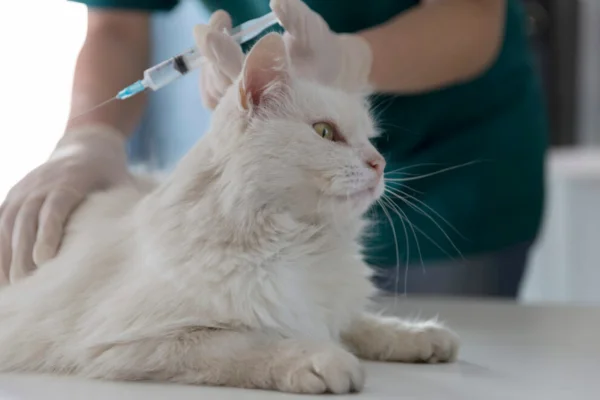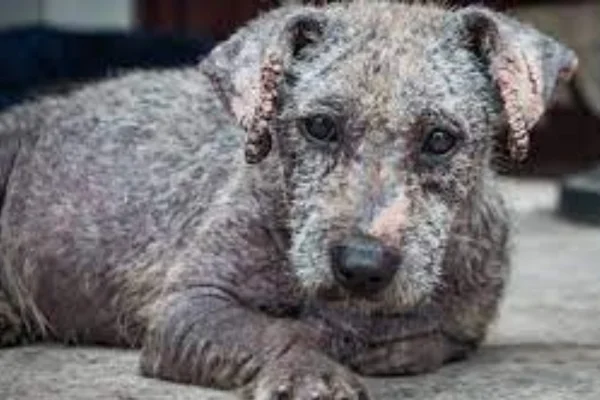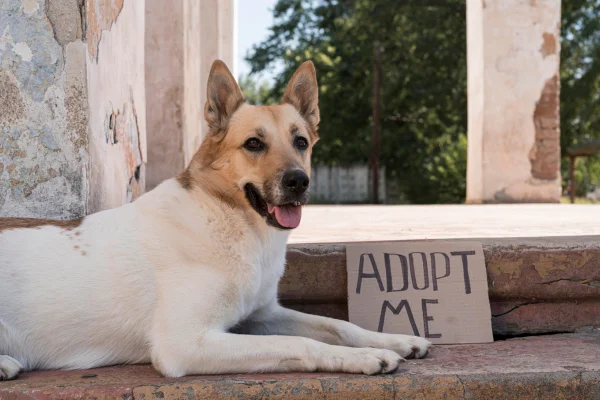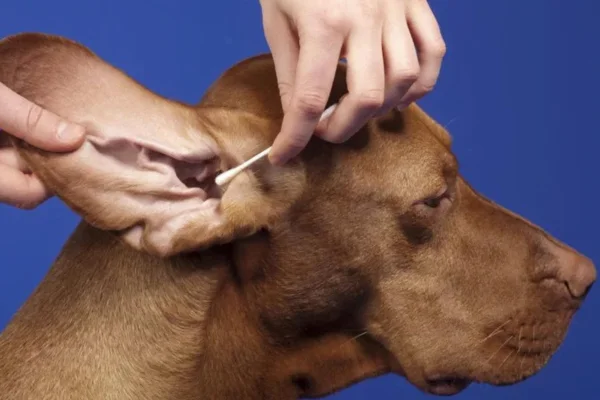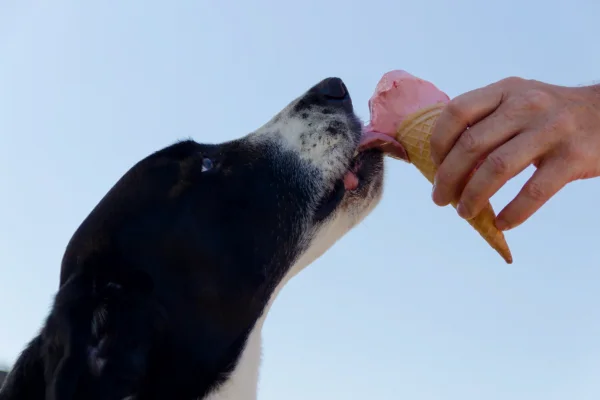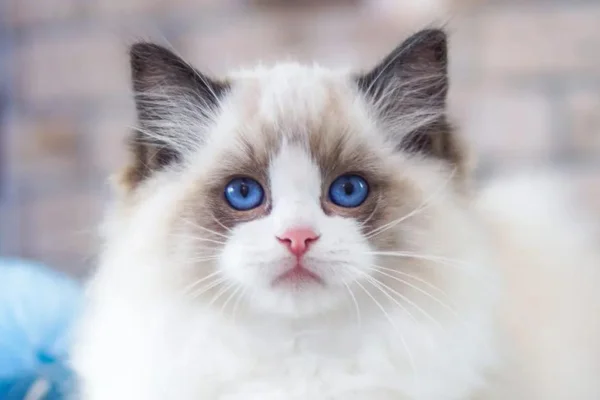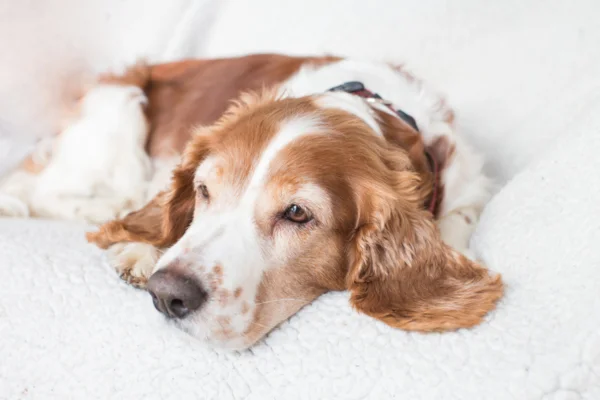Vaccination against Feline Leukemia
Myths, Truths and the Importance of Cat Health
Vaccination against Feline Leukemia - Feline leukemia, a silent and devastating disease, has been one of the main concerns of cat owners around the world. Vaccination is one of the most effective weapons in preventing this disease, but like any medical intervention, it is not free from myths and misconceptions. In this article, we'll explore in depth what feline leukemia is, the importance of vaccination, and debunk some of the misinformation circulating out there.
What is Feline Leukemia?
Feline leukemia, also known as FeLV (Feline Leukemia Virus), is caused by a retrovirus that affects cats' immune systems. This virus can lead to various debilitating and potentially fatal conditions, including cancer, anemia and other infectious diseases due to immune suppression. Cats infected with FeLV may not show immediate symptoms, but over time, the disease seriously compromises the animal's health and quality of life.
Transmission of Feline Leukemia
FeLV is transmitted mainly through direct contact between cats. The saliva, nasal secretions, urine and feces of an infected cat can contain the virus. Transmission often occurs during close cohabitation, such as mutual licking, sharing of food and water bowls, and fights that result in bites. Infected pregnant cats can transmit the virus to their kittens through the placenta or during breastfeeding.
Contents
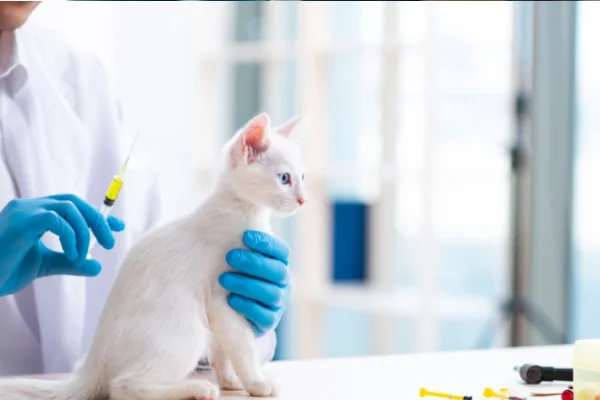
The Importance of Vaccination
Vaccination against feline leukemia is an essential preventive measure to protect cats' health. Although it is not an absolute guarantee of immunity, the vaccine significantly reduces the risk of infection. Cats who live in environments with other cats, especially those who have access to the outdoors, are particularly at risk and should be vaccinated.
Myths and Truths about Vaccination against Feline Leukemia
Myth 1: "The vaccine causes the disease."
This is one of the most common and frightening myths. The truth is that modern FeLV vaccines are developed from inactivated or recombinant viruses that don't have the ability to cause the disease. Instead, they stimulate the cat's immune system to recognize and fight the real virus if it comes into contact with it.
Myth 2: "Indoor cats don't need the vaccine."
Although cats who live exclusively indoors have a reduced risk of contracting FeLV, there is still a possibility, especially if they have contact with other cats who may be infected. Visits to the vet, cats escaping from home, or the introduction of new cats into the household are all situations that can expose indoor cats to the virus.
Myth 3: "The vaccine has many side effects."
Like any medical intervention, vaccination can have side effects, but they are usually mild and temporary. Common reactions include low-grade fever, decreased appetite and lethargy for a day or two after vaccination. Serious reactions are extremely rare, and the benefits of vaccination far outweigh the risks.
Myth 4: "The vaccine is unnecessary for adult cats."
Although the incidence of FeLV is higher in young cats, adult cats can also contract the disease. Maintaining a regular vaccination schedule throughout the cat's life helps to ensure continued protection against the virus.
Essential Truths about FeLV Vaccination
Truth 1: "The vaccine is the best protection available."
Vaccination is currently the most effective way of preventing FeLV infection. In addition to vaccination, keeping cats in safe environments and controlling access to unfamiliar cats are important additional measures.
Truth 2: "FeLV tests are crucial before vaccination."
Before vaccinating a cat against FeLV, it is essential to carry out a test to determine whether it is already infected. Vaccinating a cat that is already infected will not bring any benefits and could even be harmful.
Truth 3: "Vaccines should be administered by a veterinarian."
Vaccination is a medical procedure that should be carried out by a qualified professional. The vet can assess the cat's general health, decide on the best vaccination schedule and monitor any adverse reactions.
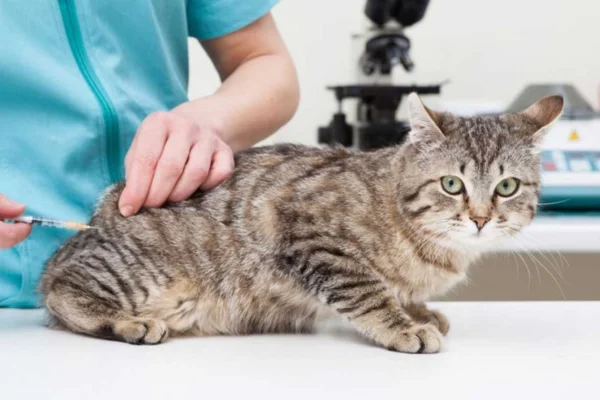
The Vaccination Process
Vaccination against feline leukemia usually begins when the cat is still a kitten, with an initial series of two doses administered a few weeks apart. After that, annual boosters are recommended to maintain immunity. The vet can adjust the schedule based on the cat's lifestyle and individual risk.
Considerations for Cat Owners
Deciding to vaccinate a cat against FeLV is a responsible and informed decision that contributes significantly to the animal's long-term health. It is important to discuss the cat's specific needs with the vet, consider the environment in which it lives and be aware of the myths and truths about vaccination.
In addition to vaccinations, it is crucial to maintain a healthy lifestyle for cats. Proper nutrition, parasite control and regular veterinary care are key to preventing disease and ensuring a long and healthy life for felines.
Conclusion - Vaccination against Feline Leukemia
Feline leukemia is a serious disease that can be prevented through vaccination. Debunking the myths and understanding the truths about the FeLV vaccine is crucial to ensuring that cats receive the best possible protection. By following veterinary recommendations and taking a proactive approach to cat health, owners can contribute significantly to the longevity and well-being of their feline companions.
Prevention will always be the best strategy against infectious diseases. Vaccinating your cat against feline leukemia is an act of love and care that reflects your responsibility and dedication to providing a healthy and happy life for your four-legged friend.
Thanks for stopping by, check out our other work too
https://cuidar.petlove.com.br/gatos

